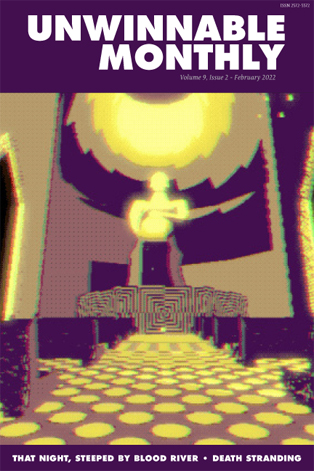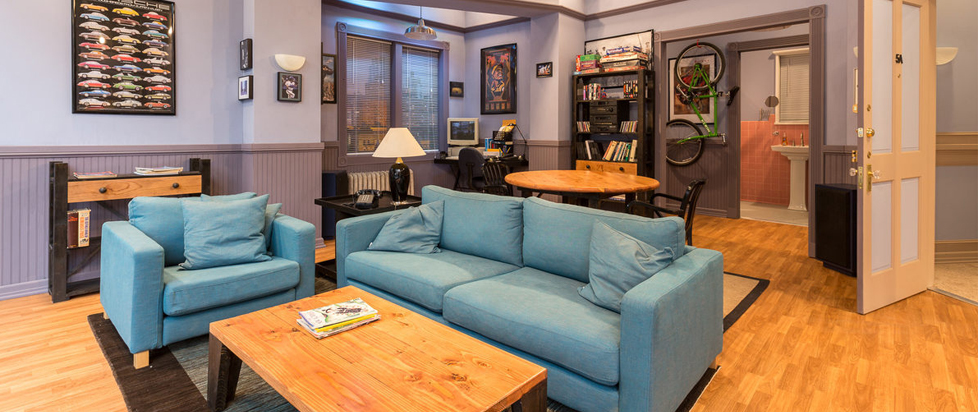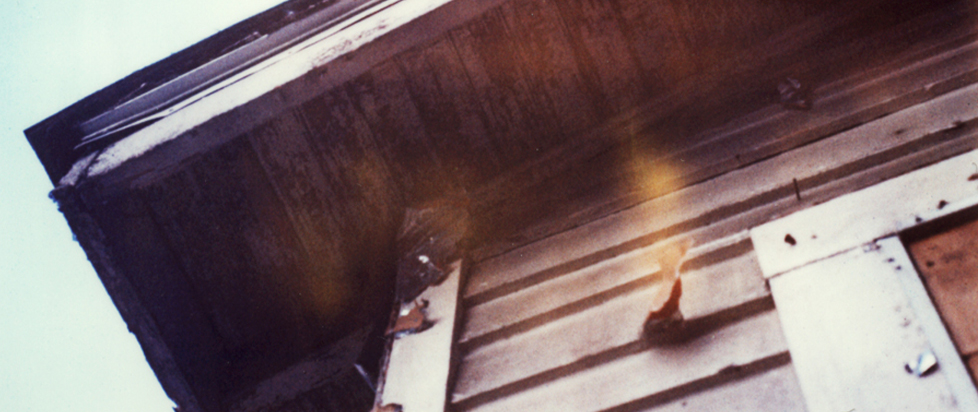
Telling It Slant

This column is a reprint from Unwinnable Monthly #148. If you like what you see, grab the magazine for less than ten dollars, or subscribe and get all future magazines for half price.
———
What’s left when we’ve moved on.
———
Recently, I was walking home with a friend and we got to talking about writing. I was describing, or trying to describe, a short story I wrote in college, with a failed ending that I never went back to fix. Still, I tried to explain its central image: a radio scanner, an anecdote peeled from a long-ago conversation. It was a way of talking about loneliness, I fumbled; well, it’s about how I was feeling at the time, but not really, it’s not a story about me. Finally, grasping to make myself understandable, I returned to the basic principle of most of my writing – I was trying to write about something as a way of talking about something else.
At the time, I forgot about the maxim I would remember later, something my creative writing professor in college used to say about fiction. It’s a line from an Emily Dickinson poem – “tell all the truth, but tell it slant; Success in Circuit lies.”
Anyway, later that week I watched How To with John Wilson for the first time.
People in my social circle have, until recently, tended to talk about How To in the same way that you’d talk about a meal you ate years ago at a restaurant that’s just far enough away to be inconvenient – it was incredible, you’ve got to go and as long as you’re going I’ll come back again too. The week I finally watched it was the same week the show’s second season debuted, and it seems to have exploded since then. Now everyone I meet on dating apps and at parties seems to have seen it and loved it, or at least found it interesting enough to discuss. Out of everyone I’ve talked to about it, the overall sentiment is that it’s “special”, but no one has been able to articulate to me exactly why.
That’s the question I’d like to try to answer here – what is it about this show that makes everyone feel so connected to it? For me personally, the answer is a couple of things. The show takes place in the city I live in, which becomes a background and an excuse for conversation. The format of each episode is Wilson interviewing people about a particular topic, for example how to cover furniture or socialize. These interviews push gradually towards some larger point or realization, which is never belabored but hangs in the background – for example, the first episode, on small talk, goes from a series of tips into an examination of what it means to really connect with someone.
Another way the show makes this turn is that it identifies and isolates the feeling of coming across something so strange that you just have to take a picture. “What critics seem to like,” wrote Andrew Karpan a few weeks ago, “is Wilson’s penchant for trash.” I would expand the category of trash to include not just refuse, of which there is a ton in the show, but the sometimes chintzy niche cultures that Wilson treats with full seriousness: the woman who displays high heels in a glass case on her table, the man who thinks he’s the reincarnated John Adams, the circumcision guy. If you’ve watched the show, you’ll know exactly who these people are, and if you haven’t you can probably picture them in your head. It’s a show that makes main characters out of people who are probably completely average 95% of the time.
You might say that these interviews are what make the show come alive, and you might even be right. But one of the other things that makes these episodes feel so full is the immense amount of B-roll that they require. In order to have something on screen while Wilson is narrating, there has to be a wealth of footage that is relevant enough to what’s being said that it’s congruous, while still distinct enough to be visually funny. Wilson discussed this in an interview with Slate: “I just spend day and night making selects and just trying to find shots . . . I try to write specifically to shots. If there’s a shot that I think is really beautiful and also really funny, I’m like, ‘I got to get that in.’ So, I will just write a joke specifically to it, and then I will build a section around that with other footage to support it.”
What this reveals is that Wilson’s process, even though it seems effortless, is actually highly constructed around substituting concrete things for abstract ideas. is what makes How To With John Wilson such a special show for me. It illustrates what someone with too much time could gain from going out and interrogating the detritus of New York City, which speaks more loudly than any of the interviews can. It shows more clearly than any piece of media I can think of how much power objects have as points of transference, places to invest your circuitous thoughts and get at what you really want to say. And it comes at the truth sideways, carrying a microphone.
———
Emily Price is a freelance writer and PhD candidate in literature based in Brooklyn, NY.




